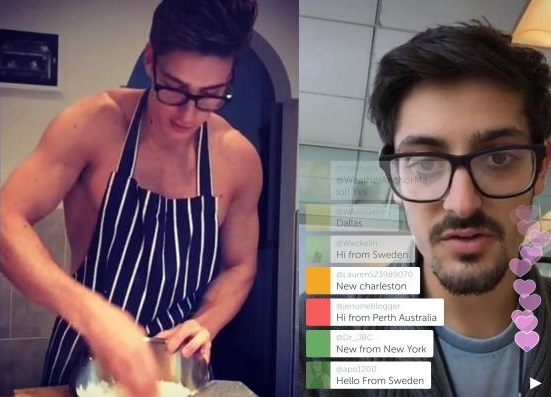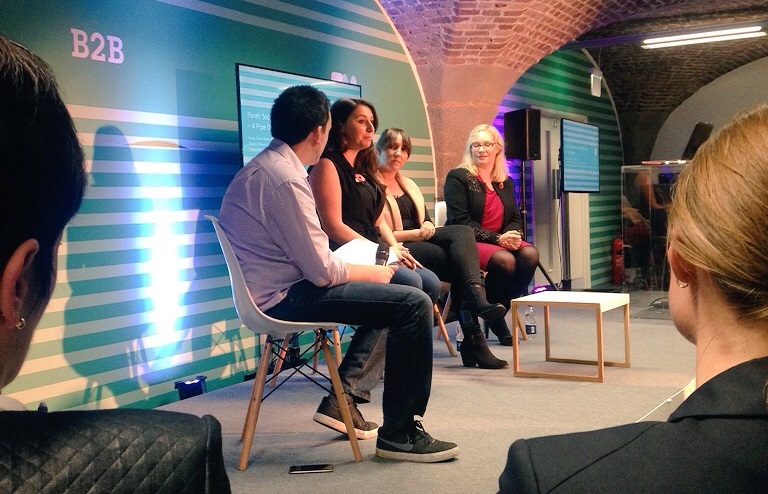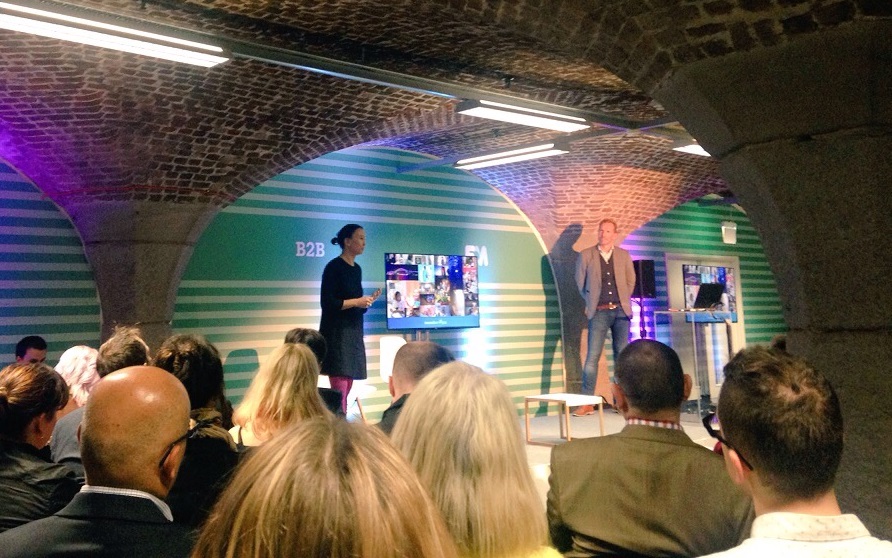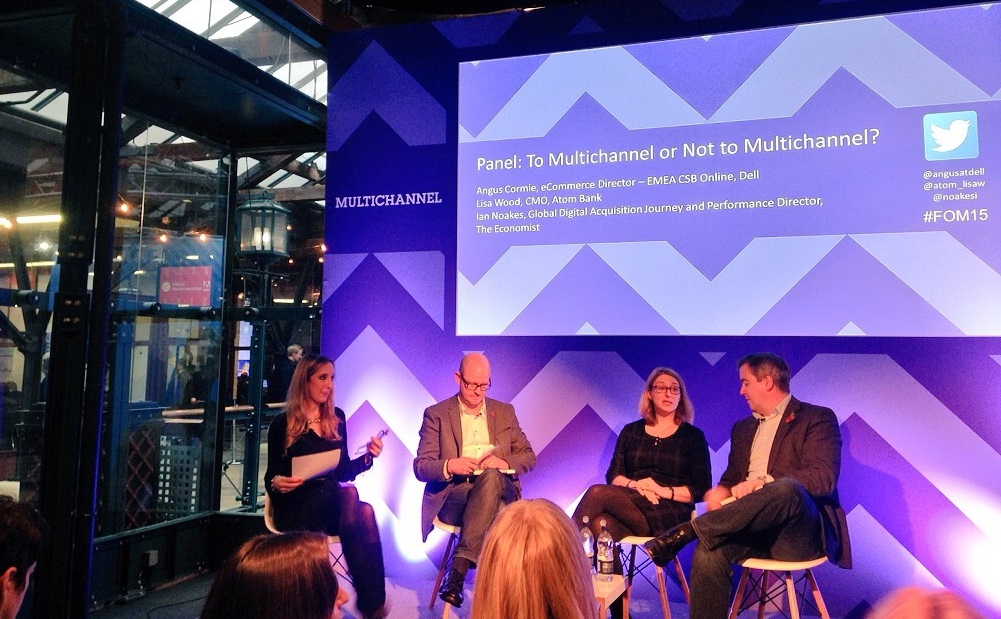The Festival of Marketing - Day 1
16 Nov 2015
The Festival of Marketing, powered by Marketing Week, took place last week at London’s Tobacco Dock. Not sure what to expect having never been before, I was eager to get involved with everything the event had to offer – which was an awful lot.
Luckily, they made it pretty easy for me.
In the run up to event I was sent my ticket along with a couple of reminder emails. The night before, I made sure to download the event app (what marketing event would be complete without their own these days!), which included everything from the day’s agenda and my personal schedule, to the floor plan and transport information.
With 12 stages playing host to 12 different categories (social, B2B, brand & creative and so much more), along with the headliner stage, the awards gallery, festival hub and countless sponsors’ stands, it was one hell of a place to navigate - which made the app an absolute necessity.
It also meant that I had a very busy day ahead of me.
I started with the Social stage – ‘Video launched the audio star’, a 30-minute insight into the world of two live streaming stars, Matt Adlard (aka the Topless Baker) and Alex Pettitt, the UK’s no.1 Periscope star.

Key takeaways – Take the risk and be brave. After all, live streaming is unedited, authentic reality (not something we’re too familiar with these days). It provides for a 1:1 communication that is valuable and authentic, it’s reactive and conversational and as both Matt and Alex said, you will get an invaluable insight into your audience that is incomparable to any other medium.
Next up, I learnt the importance of social media in a B2B context. The panel consisted of Powwownow, Mearsk and GE Oil & Gas, not the most glamorous of businesses you’ll have to admit, though in spite of this, all three have successfully made social media work for then.

Key takeaway – Know where the conversation is happening and listen as much, if not more, than you talk.
Midday rolls around and I’m back at the social stage for ‘Putting the spotlight on social: making it an integral part of your content marketing’. On the panel was Ceri Rose, Assistant Director – Digital and Marketing at NHS Blood and Transplant and Sarah Doyle, Brand Director at EAT.
Coming from the perspective of two very different sectors, it was interesting to see how many parallels were drawn between both their content and social strategies. Both made the point that you need to be living and breathing your brand and you must have empathy for your consumer.
People take to social media for a variety of reasons, in the case of Eat and the NHS, it’s often to ask questions or even more likely - to rant and complain. In these instances, empathy is very important and so customer service makes up a considerable portion of their content marketing.
Key takeaway – “there is no them and us now in terms of consumers and brands”. People don’t connect with machines, they connect with people.
Philips, you know, the 124-year-old company we all know for manufacturing headphones? Turns out they do much more than electronic goods. In fact, their focus is much more on their healthcare solutions.
The NHS is their biggest client and they’re using the stories of real people who have benefited from their healthcare, social care, community care and more, to drive and create a brand story.

Key takeaway – purpose over product-led marketing will allow you to build a story round your brand and as a result building longer lasting, human connections.
For the final talk of the day I made my way to the Multichannel stage in which Atom Bank, The Economist and Dell battled it out to answer the question ‘To multichannel or not to multichannel’.
Each coming from different angles made for an interesting discussion. Atom Bank, for example, plan to be a mobile and tablet-only bank - a far cry from the current situation in which physical buildings make up a huge part of the face-to-face marketing and customer service of the banking sector. As a consequence, they don’t plan to explore any other channels. The Economist, a long-standing brand with a rich history, on the other hand, is highly multichannel – recognising the importance of being online, mobile and in print in order to reach their audience.

Key takeaway – know where your audience is. Don’t spread yourself too thinly just so you can cover all bases and don’t go multichannel just for the sake of it. Consumers expect a seamless interaction cross-platform, and so if you choose to go multichannel, be aware that you need to do it well, on platforms that make sense to your audience and at times that are convenient to them.
Oh and “don’t try to be all things to all men”.
And that was it. Day one complete. Stay tuned for day two’s ramblings.

Please login to comment.
Comments